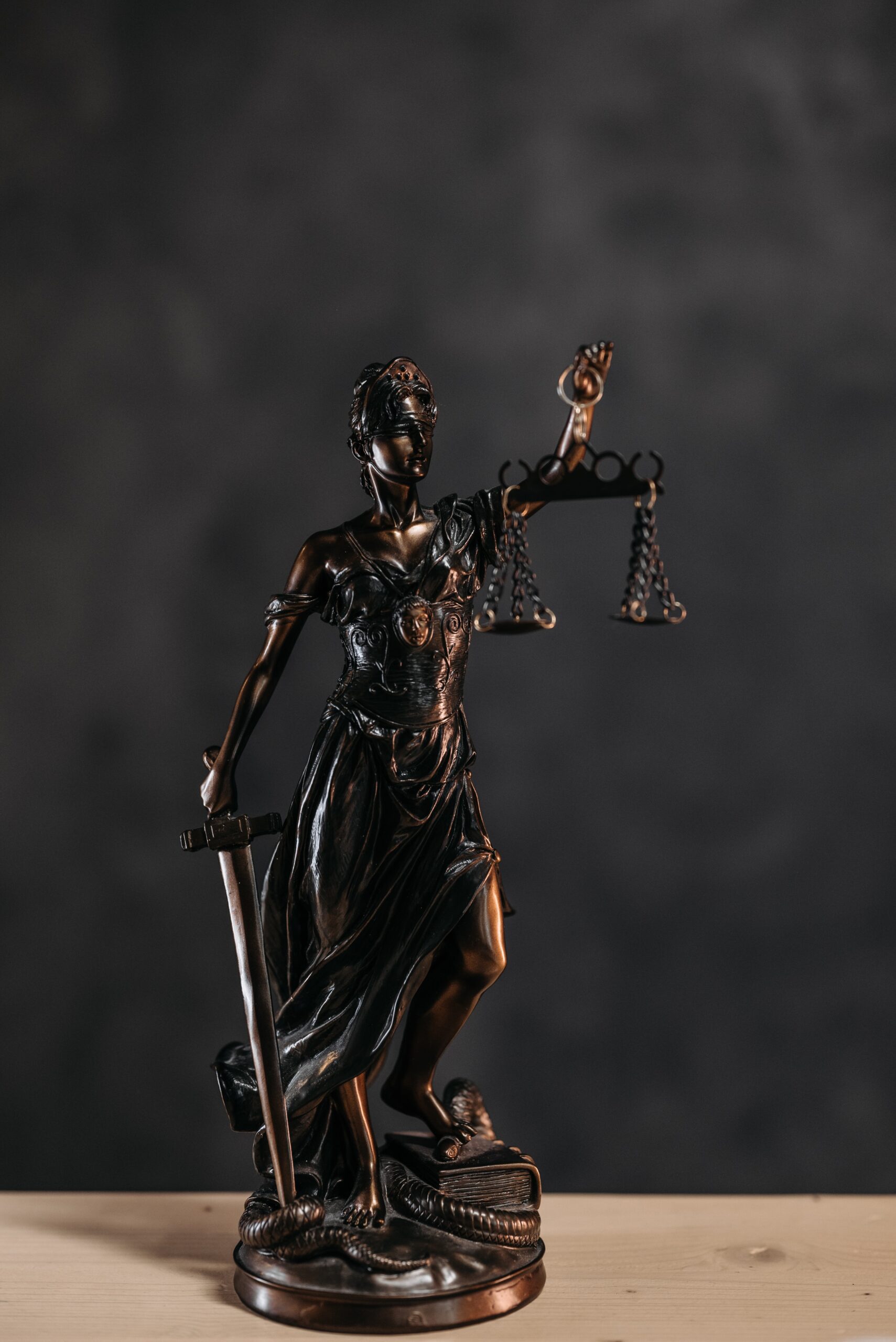How Do Court Transcription Machines Work?
How Do Court Transcription Machines Work:
The Role of Human Transcribers in Enhancing Court Transcription Accuracy
How do court transcription machines work and why should they be improved through human transcription. In the digital age, technological advancements have revolutionised various aspects of our lives, including the legal field. Court transcription machines, also known as automated speech recognition (ASR) systems, have gained popularity as a means of automating the labour-intensive task of transcribing court proceedings. While these machines offer convenience and efficiency, they are not without their shortcomings. In this article, we will explore the functioning of court transcription machines, discuss their inherent inaccuracies, and emphasise the crucial role that human transcribers play in improving the accuracy of machine transcription.
The Functioning of Court Transcription Machines
Court transcription machines employ advanced algorithms to convert spoken language into written text. Equipped with cutting-edge speech recognition technology, these systems are trained on vast amounts of data to recognise and interpret human speech patterns. ASR systems typically operate in real-time during court proceedings, capturing audio recordings and generating a rough draft of the transcript.
ASR systems function by breaking down the audio input into smaller segments and analysing them for linguistic patterns, phonetics, and context. These systems employ language models and acoustic models to decode speech and convert it into text. Through continuous training and exposure to diverse language patterns, these models strive to improve accuracy and adapt to different speakers, accents, and dialects.

Inherent Inaccuracies of Court Transcription Machines
Despite their advancements, court transcription machines are prone to inherent inaccuracies. Several factors contribute to these inaccuracies:
Homonyms and Homophones: ASR systems often struggle with differentiating between words that sound similar but have different meanings, such as “their” and “there.” Without human context and understanding, machines can make incorrect assumptions and produce inaccurate transcripts.
Speaker Overlaps and Background Noise: Courtrooms can be chaotic, with multiple speakers talking simultaneously or background noise interfering with the audio. ASR systems may struggle to distinguish individual speakers, resulting in errors or omissions in the transcript.
Accents and Pronunciations: People from diverse backgrounds may have distinct accents, dialects, or speech patterns that pose challenges for ASR systems. Variations in pronunciation, enunciation, and speech tempo can impact the accuracy of machine transcriptions.
Technical Limitations: Court transcription machines heavily rely on audio quality for accurate transcriptions. Poor recording conditions, low-quality microphones, or audio distortions can significantly hinder the performance of ASR systems.
The Importance of Human Transcribers
While court transcription machines offer speed and convenience, their limitations highlight the irreplaceable role of human transcribers. Human transcribers bring essential skills and expertise that machines currently lack:
Contextual Understanding: Human transcribers possess the ability to comprehend complex legal terminologies, understand nuances, and grasp contextual meaning. They can accurately capture the intent, tone, and emotions conveyed during court proceedings, resulting in more precise transcripts.
Correction and Editing: Human transcribers possess the skills to review and edit machine-generated transcripts for accuracy, correcting errors, filling in missing information, and improving overall readability. Their attention to detail helps ensure the integrity of legal records.
Adaptability and Judgment: Unlike machines, human transcribers can adapt to challenging audio conditions, decipher overlapping speech, and distinguish speakers based on contextual cues. They possess the judgment to discern intent, identify non-verbal cues, and make necessary adjustments to produce accurate transcripts.
Ethical Considerations: Court proceedings often involve sensitive information and confidential discussions. Human transcribers adhere to strict ethical guidelines and maintain confidentiality, ensuring that sensitive content is handled responsibly.

Enhancing Accuracy Through Human-Machine Collaboration
Recognising the strengths of both court transcription machines and human transcribers, a collaborative approach can optimise accuracy and efficiency in court transcription. Here are some ways to enhance the accuracy of machine transcription with human intervention:
Post-Editing: After machine transcription, human transcribers can review and correct errors, ensuring accuracy, completeness, and adherence to legal standards. This collaborative process leverages the speed of machines and the expertise of human transcribers. By carefully comparing the machine-generated transcript with the audio recording, human transcribers can identify and rectify any inaccuracies, ensuring that the final transcript is accurate and reliable.
Training and Feedback: Human transcribers play a crucial role in training ASR systems to improve their accuracy. By providing feedback on machine-generated transcripts, human transcribers can contribute to the continuous improvement of ASR algorithms. This iterative process helps machines learn from their mistakes and adapt to specific legal contexts, including specialised terminologies and unique courtroom proceedings.
Quality Assurance: Human transcribers can conduct quality assurance checks on machine-generated transcripts to ensure their accuracy. By meticulously reviewing the transcripts for errors, inconsistencies, and omissions, human transcribers can refine the algorithms and improve the overall accuracy of ASR systems. This process involves fine-tuning the models, addressing recurring errors, and implementing measures to enhance the performance of ASR systems in court transcription.
Continuous Learning: Human transcribers continually update their skills and knowledge to stay abreast of legal developments, ensuring accurate and up-to-date transcriptions. They engage in ongoing professional development, attending legal seminars, workshops, and training programs to familiarise themselves with the latest legal terminology, procedures, and case law. This continuous learning allows human transcribers to provide valuable insights and interpretations that machines may struggle to capture.
Court transcription machines have undoubtedly transformed the legal industry by automating the labour-intensive task of transcribing court proceedings. However, the inherent inaccuracies of machine transcription highlight the indispensable role of human transcribers. With their contextual understanding, attention to detail, adaptability, and ethical considerations, human transcribers enhance the accuracy and reliability of court transcripts. By embracing a collaborative approach that combines the strengths of machines and human expertise, we can achieve optimal transcription accuracy, thereby ensuring the integrity of legal records and facilitating the administration of justice.
The partnership between human transcribers and court transcription machines represents the future of accurate and efficient transcription in the legal field. While machines provide speed and convenience, human transcribers bring invaluable skills, such as contextual comprehension, correction and editing abilities, adaptability, and ethical considerations. By harnessing the strengths of both humans and machines, we can strike a balance that maximises accuracy, efficiency, and the preservation of legal records. Together, human transcribers and court transcription machines can provide an enhanced transcription process that meets the rigorous standards of the legal profession.
With a 21-year track record of excellence, we are considered a trusted partner by many blue-chip companies across a wide range of industries. At this stage of your business, it may be worth your while to invest in a human transcription service that has a Way With Words.
Additional Services
About Captioning
Perfectly synched 99%+ accurate closed captions for broadcast-quality video.
Machine Transcription Polishing
For users of machine transcription that require polished machine transcripts.
